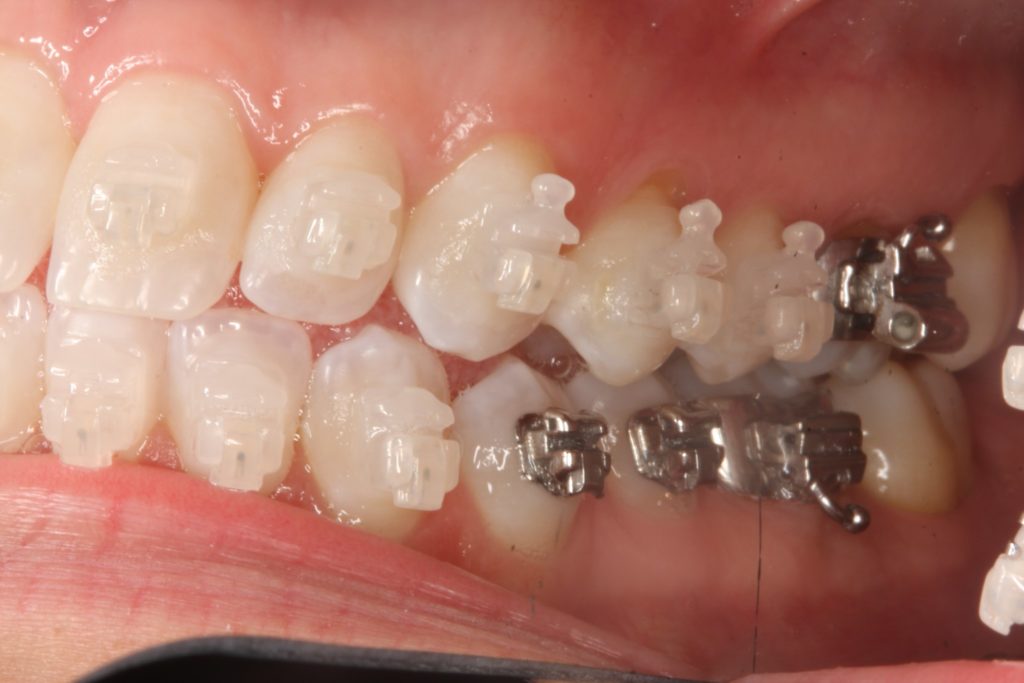
Think you’re too old to do anything about crooked teeth or a misaligned bite? Think again! Nowadays, adults make up a quarter of all orthodontic patients. But what kind of treatment will you get? Many prefer see-through ClearCorrect aligners for several reasons, but there are cases where traditional metal braces will still be the best option. Here are the pros and cons that your dentist or orthodontist in Kittanning will consider before putting you on the path towards an improved smile.
The Pros and Cons of ClearCorrect
ClearCorrect aligners are clear, plastic trays that slowly move the teeth over time. You’ll receive multiple aligners, and each one will usually be worn for about two weeks at a time.
The most obvious advantage of ClearCorrect aligners is that they’re a lot less noticeable than metal braces; many people won’t even notice that you’re wearing them unless they already know what to look for. Furthermore, the aligners are removable, meaning you can eat whatever you want and will have a much easier time brushing and flossing as you normally would. Compared to braces, ClearCorrect usually has a shorter treatment time (usually 8 to 18 months) and requires fewer orthodontal appointments.
That said, despite their convenience, there are only so many kinds of orthodontic problems that ClearCorrect aligners can address. While they can fix crooked teeth, small gaps and bite problems, they may not be able to help with particularly severe or complex dental issues. Also, the aligners need to be worn at least 22 hours a day; if you forget to put them back in after meals, it could extend treatment time.
The Pros and Cons of Traditional Braces
Traditional metal braces are a well-known solution for straightening smiles and fixing bite problems. The brackets and wires apply constant, gentle pressure to the teeth to bring them into alignment.
Braces remain one of the most effective orthodontic solutions available; they can be used in a variety of complex cases and can make much more extensive changes. Because they’re fixed in the mouth, you won’t have to worry about losing them or taking them out to clean them.
There are some downsides to braces as well. You won’t be able to eat particularly hard or sticky foods (such as popcorn or gum) that can damage the brackets, and you’ll need visit your orthodontist or dentist in Kittanning frequently for adjustments. Also, in some cases you might need to wear braces for 2 to 3 years before achieving the desired results.
Which One to Choose?
You’ll have to talk to your dentist or orthodontist about the changes you want to make before you can make a decision between ClearCorrect and braces. Some cases might require a traditional approach, but clear aligners can be a much more convenient and aesthetically pleasing option when available. Make the right choice so that you can create a smile that you’ll be happy to see in the mirror every day!
About the Author
Dr. Ray Voller has been practicing in Kittanning since 1980. He’s received a Mastership award from the Academy of General Dentistry and received a certification in orthodontics from the United States Dental Institute. He’s well-experienced in using ClearCorrect and braces to make all kinds of orthodontic improvements. To schedule an appointment at his practice, Voller Dentistry, visit his website or call (724) 543-4948.
